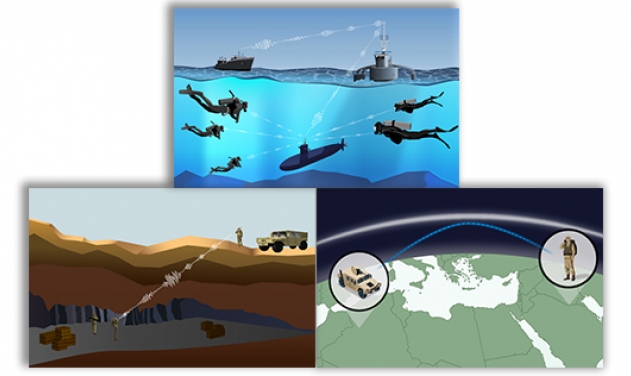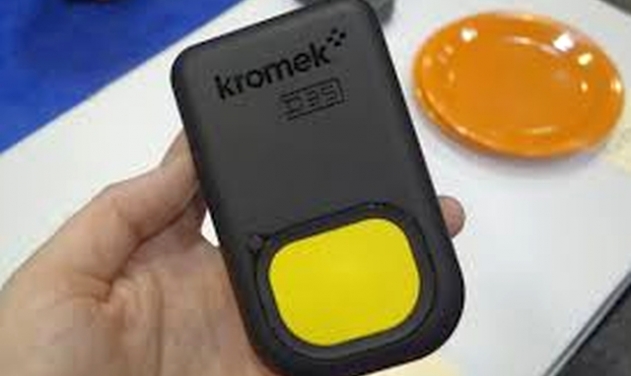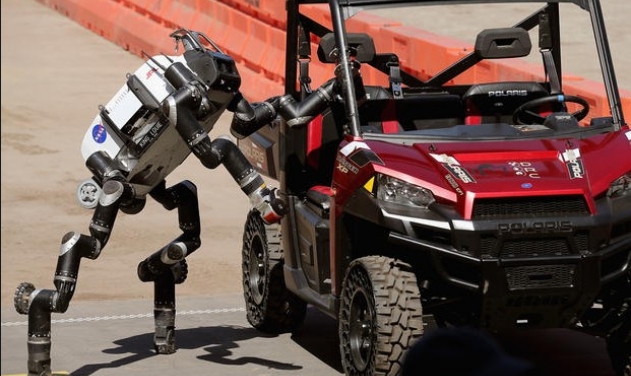DARPA Explores Underwater Radio Communication

The Defense Advanced Research Projects Agency (DARPA) is exploring a new fundamental approach, ‘A Mechanically Based Antenna (AMEBA)’ program, to make underwater wireless communication and data transfer a possibility.
With this newly announced AMEBA effort, program manager Troy Olsson of DARPA’s Microsystems Technology Office is betting on a little-exploited aspect of electromagnetic physics that could expand wireless communication and data transfer into undersea, underground, and other settings where such capabilities essentially have been absent, DARPA stated in a press release.
With the AMEBA program, Olsson aims to develop entirely new types of very-low-frequency (VLF) signals and ultra-low-frequency (ULF) transmitters that are sufficiently small, light, and power efficient to be carried by individual warfighters, whether they are on land, in the water, or underground. Rather than relying on electronic circuits and power amplifiers to create oscillating electric currents that, when driven into antennas, initiate radio signals, the new low-frequency VLF and ULF antennas sought in the AMEBA program would generate the signals by mechanically moving materials harboring strong electric or magnetic fields.
The basis for these potential new abilities are ULF electromagnetic waves, ones between hundreds of hertz and 3 kilohertz (KHz), which can penetrate some distance into media like water, soil, rock, metal, and building materials. And nearby band of VLF signals (3 KHz to 30 KHz) opens additional communications possibilities because for these wavelengths the atmospheric corridor between the Earth’s surface and the ionosphere—the highest and electric-charge-rich portion of the upper atmosphere—behaves like a radio waveguide in which the signals can propagate halfway around the planet, the release says.
“If we are successful, scuba divers would be able to use a ULF channel for low bit-rate communications, like text messages, to communicate with each other or with nearby submarines, ships, relay buoys, UAVs, and ground-based assets, Through-ground communication with people in deep bunkers, mines, or caves could also become possible,” Olsson said.
And because of that atmospheric waveguide effect, VLF systems might ultimately enable direct soldier-to-soldier text and voice communication across continents and oceans.
“Mobile low-frequency communication has been such a hard technological problem, especially for long-distance linkages, that we have seen little progress in many years,” said Olsson. “With AMEBA, we expect to change that. And if we do catalyze the innovations we have in mind, we should be able to give our warfighters extremely valuable mission-expanding channels of communications that no one has had before,” Olsson added.













